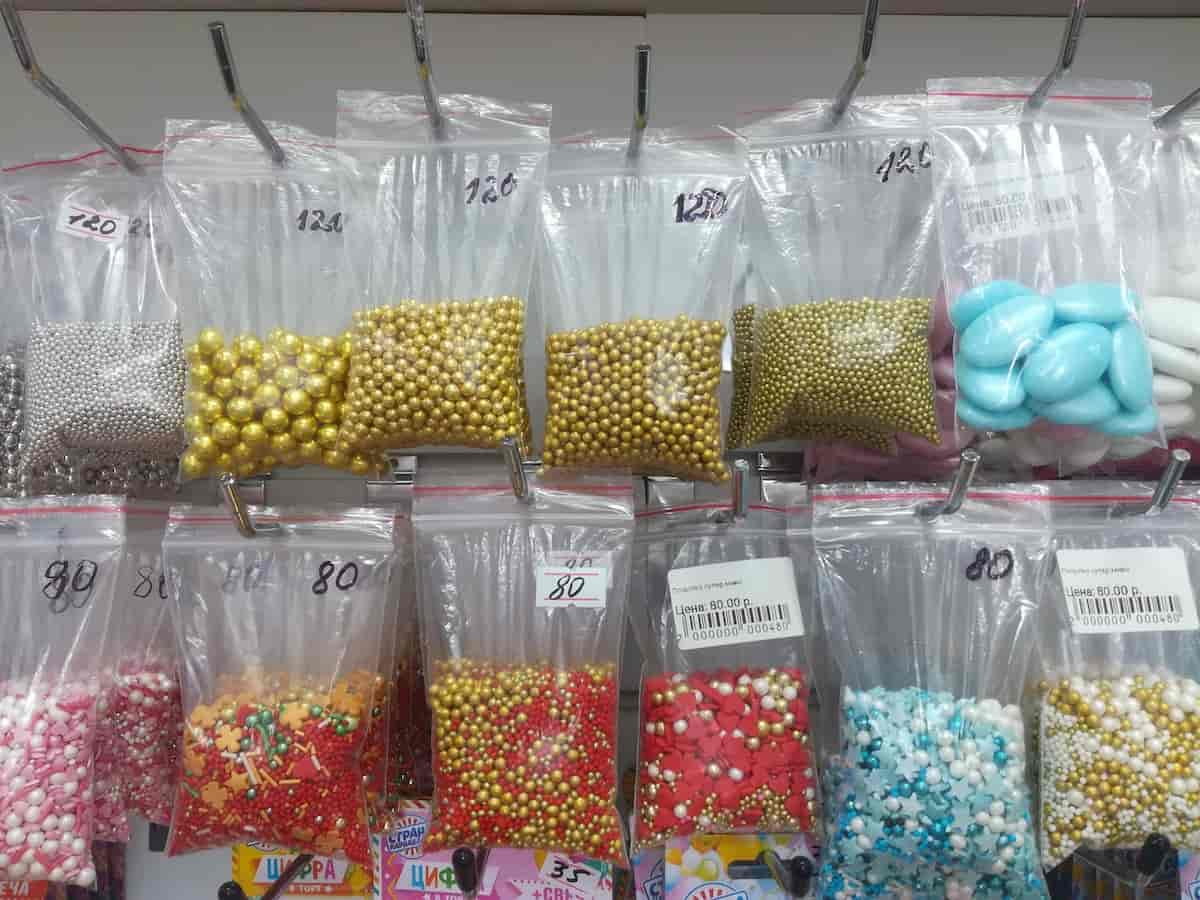Evolution of Packaging Design
페이지 정보
작성자 Desmond 작성일25-08-13 21:03 조회0회 댓글0건본문
The industry of packaging has experienced transformations in recent decades, driven by advances in technology and increased focus on consumer preferences. Shrink film, an essential component of packaging for many markets, has seen an transformation in design. As consumer preferences shift towards convenience, packaging manufacturers are developing innovative shrink film solutions that meet these demands.

One of the key trends in shrink film production is the shift towards eco-friendly materials. The industry is seeing a transition towards compostable and sustainable shrink films made from renewable polymers such as PLA (Polylactic Acid), PBAT (Polybutylene Adipate-co-Butylene Terephthalate), and PCL (Polycaprolactone). These bioplastics are derived from renewable resources such as corn starch, sugarcane, and potato starch, offering a more environmentally friendly alternative to traditional petrochemical-based films.
Another significant trend in shrink film production is the integration with barrier layers. In an effort to reduce packaging discard, manufacturers are utilizing advanced co-extrusion techniques to create complex shrink films. These films feature a barrier layer that restricts the passage of oxygen, moisture, and other gases, extending spoilage and contamination. This innovation is beneficial for the food industry, where perishable products require optimal packaging to preserve their quality and security.
The integration of digital printing innovation is also transforming the shrink film landscape. This allows for high-quality printing of intricate designs and logos directly onto the film, removing the need for labels or sleeves. Digital printing also allows mass customization printing of different designs for various products or market segments. The combination of eco-friendly materials, barrier layers, and digital printing is redefining the function of shrink film in packaging.
The rise of automation and advanced technology in the packaging industry is another driving force behind the evolution of shrink film production. As consumers require higher speed and performance in packaging operations, manufacturers are turning to intelligent machines and software to streamline their processes. Shrink film manufacturers are responding to these changing industrial expectations by developing specialized film products and machines.
The development of thin-gauge films is another growing trend in shrink film design. These ultra-thin films, شیرینگ حرارتی often measuring as low as 10 microns in thickness, offer substantial reductions in material usage while maintaining the same level of packaging functionality. Thin-gauge films are particularly beneficial for companies attempting to minimize packaging harm while increasing their brand presence through attractive and appealing designs.
As the packaging industry continues to struggle with sustainability issues and operational efficiency, innovations in shrink film design will play a key role. With the combination of eco-friendly materials, barrier layers, digital printing, automation, and thin-gauge films, suppliers and manufacturers are positioned to deliver more environmentally friendly and efficient packaging solutions to their customers. The landscape of shrink film is looking brighter and more exciting than ever, with a emphasis on meeting the changing needs of consumers and the environment.
댓글목록
등록된 댓글이 없습니다.














